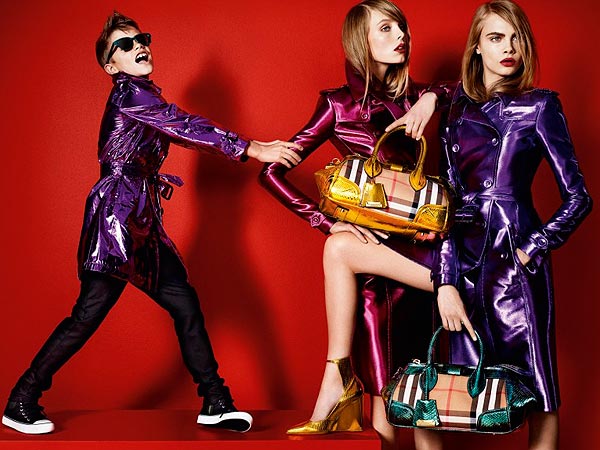NEW YORK (Reuters) - U.S. stocks advanced on Friday, putting the S&P 500 on track for its biggest weekly gain in over a year after a jobs report showed employers kept the pace of hiring steady in December.
The Labor Department said payrolls outside the farming sector grew by 155,000 jobs last month, slightly below November's level. Gains in employment were distributed broadly throughout the economy, from manufacturing and construction to healthcare.
Also helping to keep equities afloat was data from the Institute for Supply Management showing U.S. service sector activity expanding the most in 10 months.
"It feels like the economy, we're not burning the barn down, but we are doing fine - we seem to be growing and the fiscal cliff does not seem to have weighed too much on December employment," said Paul Mendelsohn, chief investment strategist at Windham Financial Services in Charlotte, Vermont.
The S&P 500 index's weekly gain would be its largest since December 2011. The majority of the gains were achieved earlier in the holiday-shortened week, including the largest daily gain for the benchmark S&P index in more than a year on Wednesday, after a deal was struck in Washington to avert the "fiscal cliff."
"So far there is nothing that has come out that has been negative following the push, they tried to read into the Fed minutes yesterday and take it down but so far they haven't had much success," Mendelsohn said.
But a drag on Apple Inc shares, down 2.6 percent to $528.36, kept the Nasdaq near the uchanged mark, as the iPhone maker continued its downward path of recent months.
Adding to concerns about Apple's ability to produce more innovative products, rival Samsung Electronics Co Ltd is expected to widen its lead over Apple in global smartphone sales this year with growth of 35 percent. Market researcher Strategy Analytics said Samsung had a broad product lineup.
The Dow Jones industrial average <.dji> gained 28.46 points, or 0.21 percent, to 13,419.82. The Standard & Poor's 500 Index <.spx> rose 5.47 points, or 0.37 percent, to 1,464.84. The Nasdaq Composite Index <.ixic> added 2.50 points, or 0.08 percent, to 3,103.07.
The CBOE Volatility index <.vix>, a measure of investor anxiety, was on pace for its fourth straight decline, a drop of nearly 40 percent which has pushed the index to its lowest level since September.
Eli Lilly and Co
Fellow drugmaker Johnson & Johnson
Shares of Mosaic Co
The rise in payrolls shown by the jobs data did not make a dent in the still-high U.S. unemployment rate, but it calmed fears about the possibility of the U.S. Federal Reserve ending its highly stimulative monetary policy.
Concerns about the duration of the Fed's stimulus program prompted a pull-back from the market Thursday after a rally.
Minutes from the Fed's December policy meeting, released Thursday, showed Fed officials were increasingly worried about the risks of asset purchases to financial markets, though they looked set to continue with the open-ended stimulus program for now.
(Reporting by Chuck Mikolajczak; Editing by Nick Zieminski)










